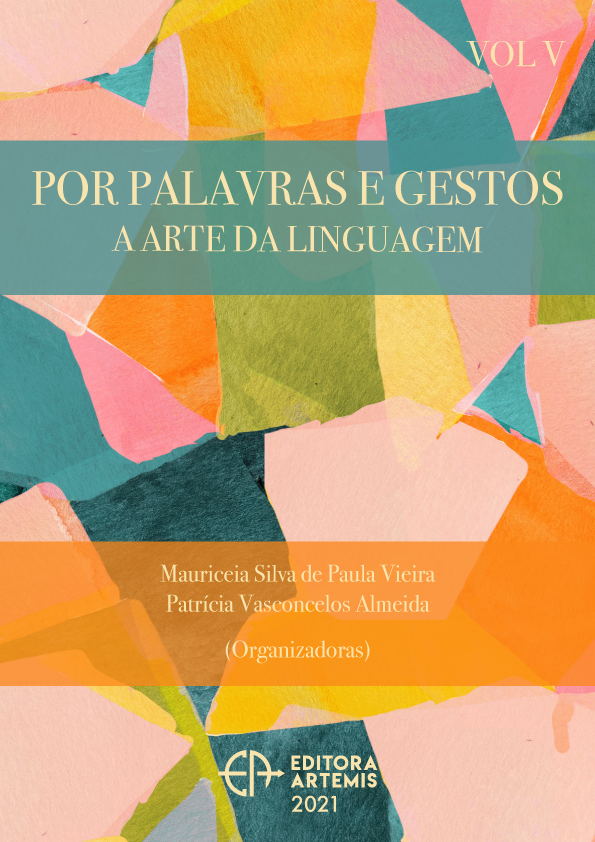
LUZ, CÂMERA, TRADUÇÃO: OS PROCESSOS TRADUTÓRIOS NA LEGENDAGEM E NA DUBLAGEM DE UM FILME ANIMADO EXIBIDO NO BRASIL
No que diz respeito ao mundo do cinema, observamos que os filmes assistidos pelos brasileiros são, em sua maioria, dublados, em específico os desenhos animados dos canais de televisão abertos e fechados. Com o passar do tempo, entramos em contato com filmes e séries legendados, em que ouvimos o idioma de origem da produção cinematográfica e vemos as legendas exibindo os códigos necessários à compreensão em português. Ambos os contatos se dão a partir de processos tradutórios audiovisuais, os quais englobam a legendagem e a dublagem, muito utilizados no Brasil. Considerando as questões apresentadas, este trabalho se propõe a analisar o uso das estratégias de domesticação e estrangeirização desenvolvidas por Venuti (1995) e os estudos descritivos desenvolvidos por Toury (1995) encontradas nas traduções da legendagem e da dublagem do filme de animação “O Segredo dos Animais” (2006), versão aqui utilizada disponível na Netflix). Como resultado, obtivemos que a domesticação se fez presente com maior frequência nos trechos da dublagem, bem como a estrangeirização apresentou-se com maior frequência nos trechos delegendagem do filme.
LUZ, CÂMERA, TRADUÇÃO: OS PROCESSOS TRADUTÓRIOS NA LEGENDAGEM E NA DUBLAGEM DE UM FILME ANIMADO EXIBIDO NO BRASIL
-
DOI: 10.37572/EdArt_1608214398
-
Palavras-chave: Tradução; Legendagem; Dublagem
-
Keywords: Translation; Subtitling; Dubbing
-
Abstract:
With regard to the world of cinema, we observe that the films watched by Brazilians are, for the most part, dubbed, in particular cartoons on open and closed television channels. Over time, we come into contact with subtitled films and series, in which we hear the original language of film production and see the subtitles displaying the codes necessary to understand Portuguese. Both contacts take place through audiovisual translation processes, which include subtitling and dubbing, which are widely used in Brazil. Considering the issues presented, this work aims to analyze the use of domestication and foreignization strategies developed by Venuti (1995) and the descriptive studies developed by Toury (1995) found in the translations of the subtitling and dubbing of the animated film “O Segredo dos Animais” (2006), version used here available on Netflix. As a result, we found that domestication was more frequent in the dubbing excerpts, as well as foreignization was more frequent in the film's subtitling excerpts.
-
Número de páginas: 16
- Ana Vitória Silva dos Santos
- Silvia Malena Modesto Monteiro

